Women’s Health
Women’s Health
Mammography is an X-ray technique used to study the breasts. It can help doctors find breast cancer at an early stage (when treatment is more likely to succeed). About one in eight women will develop breast cancer during their lives. The risk of breast cancer increases with age. Most cases occur after menopause. By age 50, yearly mammography should be a regular part of your health care.

What is mammography?
Mammography is a simple X-ray process. It passes low doses of X-rays through the breasts. No dyes have to be injected or swallowed and no instruments will be put in your body.
Mammography can be done in a doctor’s office, a clinic, a mobile screening van or a hospital. It is done by an X-ray technician trained in mammography. The results then are read by a specially trained doctor (radiologist).
Who should have mammography?
Women aged 40-49 years should have mammography done every one to two years. Women aged 50 years and older should have it done every year.
You also may need mammography if you have any of these signs:
- Unexplained lump or thickening in the breast or in the armpit
- Puckers or dimples in the skin of the breast
- Discharge or bleeding that comes from the nipple
- A recent change in the nipple, such as a retracted nipple (a nipple that has pulled inward)
- A change in the skin of the breast
Mammography is vital for all women, especially older women. The size of your breasts does not matter.
What to expect?
The day you have the test done, you should not wear powders, lotions or deodorants. This is because most of these products have substances that can show on the X-ray films.
To get ready for the test, you’ll need to undress from the waist up and put on a gown. You’ll be asked to stand or sit in front of the X-ray machine. Two smooth, flat plastic or glass plates will be placed around one of your breasts. The plates will flatten your breast so that the most tissue can be viewed with the least radiation.
The pressure of the plates may make the breasts ache.
Are there any risks?
Mammography exposes a woman to a very low dose of X-rays. The dose is much lower than the natural level of radiation received from the environment during one year. Some cancers cannot be seen on a mammogram. Even lumps that can be felt may not show up. The combination of mammography, regular visits to your doctor, and self-exam may give the best results.
What if the test result is positive?
Most lumps found in the breast are benign—not cancer. To confirm the results of mammography, special X-ray views or other tests, such as ultrasonography, may be useful. Other tests can tell your doctor more about the type of lump. They include:
- Needle aspiration
- Biopsy
Mammography is preventative health care
Combined with regular checkups and breast self-exams, mammography is a good way to find cancer at an early and more curable stage. It has large benefits and small risks. For women aged 40 years and older, mammography should be part of your routine health care.
At Bestcare Family Medical Center in Garland, Texas, we’re committed to providing you and your family with the best family care, urgent care, and emergency care available. Our medical practice is conveniently located in Garland, TX, we also serve Dallas, Mesquite, Richardson, Rowlett, Rockwall, Wylie, Sachse and surrounding communities. Call BestCare at 972-240-1789 to schedule an appointment today.
BestCare Services

Aches & Pains
As people age, they often experience varying kinds of aches and pains, from headaches to acid reflux.

Asthma
Asthma affects 3 percent to 7 percent of adults 60 and older, and is even more common in children.
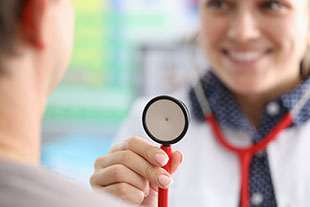
Checkups
Medical checkups, annual physicals, school physicals. Wellness physicals. Well-woman exams.

Children’s Health
For 25 years, Bestcare has treated children of all ages. We’re both medical professionals and parents.
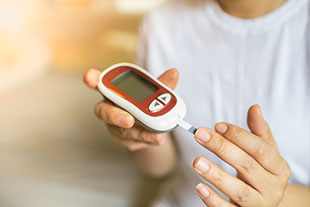
Diabetes
Dr. Carlson can teach you helpful tips and practical ways to control or prevent the disease.
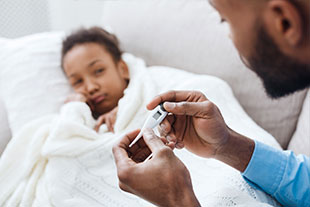
General Illnesses
We test to diagnose sniffles, sore throat and coughs using our own lab facilities right on premises.

Heart Health
Heart disease is often avoidable. Following a heart-healthy lifestyle doesn’t have to be complicated.

Quit Smoking
We can help smokers quit with medications that work. Feel better right away and enjoy better health.

Sexual Health
We provide discreet treatment for sexually transmitted diseases.
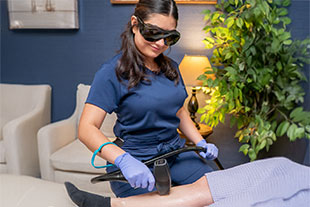
Skincare
NEW! BestCare offers a range of science-backed treatments designed to deliver smooth skin, deep rejuvenation, and radiant results.
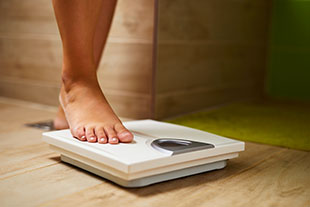
Weight Loss Management
Obesity is a medical problem that we can help you overcome. Dr. Carlson can help you with a customized plan.

Wellness Exams
If you’re 65 or over, Medicare requires an Annual Wellness Visit for a customized health care plan.

Women’s Health
Mammograms, pregnancy testing, pap smears, and more to protect women’s health.
BestCare Services

Aches & Pains
As people age, they often experience varying kinds of aches and pains, from headaches to acid reflux.

Asthma
Asthma affects 3 percent to 7 percent of adults 60 and older, and is even more common in children.

Checkups
Medical checkups, annual physicals, school physicals. Wellness physicals. Well-woman exams.

Children’s Health
For 25 years, Bestcare has treated children of all ages. We’re both medical professionals and parents.

Diabetes
Dr. Carlson can teach you helpful tips and practical ways to control or prevent the disease.

General Illnesses
We test to diagnose sniffles, sore throat and coughs using our own lab facilities right on premises.

Heart Health
Heart disease is often avoidable. Following a heart-healthy lifestyle doesn’t have to be complicated.

Quit Smoking
We can help smokers quit with medications that work. Feel better right away and enjoy better health.

Skincare
NEW! BestCare offers a range of science-backed treatments designed to deliver smooth skin, deep rejuvenation, and radiant results.

Weight Loss Management
Obesity is a medical problem that we can help you overcome. Dr. Carlson can help you with a customized plan.

Wellness Exams
If you’re 65 or over, Medicare requires an Annual Wellness Visit for a customized health care plan.

Women’s Health
Mammograms, pregnancy testing, pap smears, and more to protect women’s health.
